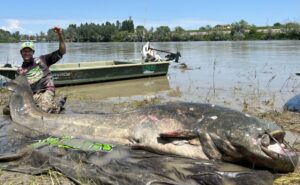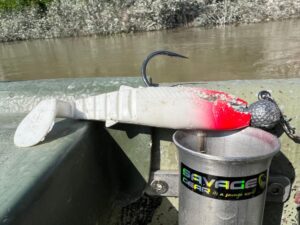December Bass at Neely Henry with GPS coordinates to ten spots, baits to use on them and how to fish each one. Catch more bass with these tips from Johnny Osborn
with Johnny Osborne
Thanksgiving Holidays. Christmas Holidays. Lots of people hunting. What a great time to be on the lake! Compared to much of the year there are few people on the lake and the bass are biting from the end of November through December. A good choice for catching spots and largemouth right now is Neely Henry.
Located on the Coosa River just downstream of Lake Weiss, Neely Henry is a long river-like lake with just over 11,000 acres of water. It runs 77 miles from dam to headwaters and has a wide variety of structure and cover, although many creeks and ditches are silted in. Dammed in 1950, this old lake has lots of grass and there is still a lot of wood cover in the lake.
According to the Alabama DNR there are a lot of 15 to 18 inch largemouth in the lake and the spotted bass population is “exceptional” for large fish. The numbers of spots in the 14 to 20 inch range is one of the best in the state. Just over half the bass weighed in during tournaments are spots, according to the BAIT survey.
Johnny Osborne grew up in the area and has lived near Neely Henry all his life, except for a stint in the navy. He has fished all his life and in the 1970s a co-worker got him started tournament fishing. Fishing has been a passion all his life.
This year Johnny fished the BFL series and made the regional tournament. He also fishes the BASS Weekend Series and the ABA as well as many local tournaments. He does some guiding on the lake and has helped many pros locate hotspots for big tournaments.
Last year in the in the St. Jude’s Charity Tournament on Neely Henry he and his partner had five spots weighing 19 pounds, 2 ounces. His best five from Neely Henry weighed over 26 pounds and his best tournament catch was five at 24-14. He has landed a 6 pound, 3 ounce spot and an 8 pound, 2 ounce largemouth on Neely Henry.
“Bass are following baitfish and feeding shallow from Thanksgiving through Christmas,” Johnny said. You can catch them on a variety of baits and in several kinds of cover and structure. Current makes a big difference and they bite much better when it is moving.
Most of Johnny’s fishing this time of year concentrates on the mid-lake area, from City Ramp in Gadsden to the Rainbow Landing area. Bass move to creek openings and shoreline cover and feed on shad as them move with the current, and you don’t have to make long runs to cover the area.
Johnny will have a Stanley spinnerbait with a one gold and one silver willowleaf blade and a chartreuse and white skirt and an Academy XPO chartreuse crankbait for faster fishing.
For slower fishing he will rig a jig head that he pours himself with a watermelon red worm with a chartreuse tail, and have a Arkie tube Texas rigged and ready. The tube is his favorite bait and Johnny likes a green pumpkin color. He will also rig a Trick or Finesse green worm on a Carolina rig with a 32 inch leader behind a three-quarter ounce lead.
A topwater bait like a Pop-R or a Sammy is also ready for low light times like early in the morning or during cloudy days. Johnny says he catches bass at Neely Henry on top until the water gets to the low 50s so you can catch them on top most of the month.
Put in at City Ramp or Rainbow Ramp and you can fish these spots without a lot of running. There were fish on them a couple of weeks ago when we fished and they should be even better now.
1. N 33 59.191 – W 85 59.996 – Head downstream from City Ramp and go under the bridges. On your right you will see a campground then a big white house on a narrow point between the river and Big Wills Creek. The end of that point runs parallel to the river and is deep on both sides and is covered with rock.
Stop on the river side and cast across the point. You can run a crankbait or spinnerbait over it if there is current running and the fish are active. If there is little current, work around the point casting a jig head worm up almost to the seawall and working it back down the point and across it at different angles.
The day we fished there was not much current here in the early afternoon but we caught over a dozen bass on it on jig head worms. All were spots and the biggest was about two pounds. Johnny says you often get a lot of keeper size spots here since they stack up on this point.
Before leaving Johnny will fish up the river side of the point for a hundred feet, working the steep drop along this bank. Bass will feed here, too, especially if there is a good current running along the bank.
2. N 33 58.191 – W 86 00.004 – The mouth of Big Wills Creek is very wide since it makes a big bend, hitting the bank at the point above then swinging across to the far bank before turning and entering the river near the downstream point. Since the channel enters here, the downstream point of Big Wills Creek is good, too.
Stop on the river side of the point. You will be across from the playground and old ramp at Dub Parker Boat Launch. Fish the point that runs upstream parallel to the river and the flat on either side of it. Bass hold on the point and feed on the flats.
Johnny starts on the river side and casts up on top of the point with a shaky head or his Texas rigged tube. When sitting here you can see a three door white dock on the far bank of Big Wills Creek and the restaurant on the road across from it, but you will be a long way from it.
Fish from the bank to the drop into the old creek channel. Bump the bottom, probing for any cover where bass will be hiding. Current running across this point makes it much better.
3. N 32 58.220 – W 85 59.331 – Run down the river and watch for the opening to a slough on your right. It is near the end of a gently bend of the river to the left and is just downstream of a brown roof dock with a big wind chime on it. The house behind it also has a brown roof with a white chimney. There was a “for sale” sign in the yard in early November.
Keep your boat out in the river and fish the downstream point of this slough. The river channel runs right up to the mouth of the slough. There was a stump sticking up out on the point and there is a hump in the middle of the slough.
Run a crankbait across the shallows, casting from the river channel and working your bait from shallow to deep. Bump the bottom as long as you can on each cast. Make sure you work out from the point to cover the hump, too.
After trying the crankbait try both a shaky head and tube. Drag them along the bottom, hoping them and then letting them sit still for a few seconds to wave in the current.
4. N 33 57.475 – W 85 58.119 – Head downstream until you can see the upper end of Freeman’ Island, the big island in the middle of the river. On your right you will see a small island just off the bank and upstream of it a big brown brick and wood house on that side. The upstream point of the island has chunk rock on it and the flat from the island to the dock and ramp at the house holds feeding bass.
Start at the island staying on the river side of the island and cast across the upstream point. Keep working toward the dock, staying way out and making long casts. The flat has stumps on it and bass hold around them.
This is a good area to fish a Carolina Rigged worm since the heavy sinker will allow you to fish it quickly and find the stumps. Your jig had worm and tube will work well, too. Fish the area carefully, some big bass hold here.
5. N 33 56.910 – W 85 57.480 – Downstream of Freeman’s Island on the left going downstream you will see a electric pole on the bank surrounded by a chain link fence. It is not easy to see in the brush but it is the outlet for the Tyson plant wastewater holding pond. Waste from the chicken processing plant dumps into the river here and it has a colorful local name that recognizes the “stuff” that comes out.
This outflow draws in big schools of baitfish and big bass feed here. You will see a path on the bank coming down to the water and out from it a pipe runs out to dump waste. This pipe is covered with riprap and you can see humps of rocks if you ride over it, but be careful if the water is low.
Keep your boat out from the bank and end of the pipe and make casts to the bank with a crankbait, running it back across the rocks at different angles. Johnny likes the Academy crankbait since it works well, runs right and is not too expensive. You will lose crankbaits here on these rocks, but can catch some big stringers of bass.
There are three different drops along here and bass will hold along any of them. Johnny says a lot of six to eight pound bass have been caught here and many tournaments won on this spot so don’t pass it by.
6. N 33 57.037 – W 86 01.005 – Run a good ways down river past the right turn bend to where the river starts a left turn. On your right a creek enters upstream of the bend and Tommy’ Marina in the back of it. There are some danger markers on the upstream side of the opening.
The mouth of this creek has several humps and drops across it where the river runs in close and many bass hold here. Be careful, you can go from 20 feet of water to nothing in a few feet, and not all the humps are marked.
Work this area with Carolina rig and shaky head and tube. The humps and drops are covered with stumps and chunk rock and you will get hung up a lot. Johnny says a crankbait would work well here but you lose too many to make it worth throwing them.
Current running across these drops makes a big difference. The fish will feed when the current is running so position your boat so you can cast upstream and work your bait back with a natural movement with the current. Work around the area until you find the bass feeding.
7. N 33 56.737 – W 86 01.407 – Go around the bend and downstream toward the bridges. Stop just upstream of the upstream boat shed on your right at Bucks Marina and work upstream. There is a house here with satellite dish in the yard and a boat shed with a pontoon under it with a yellow and white cover.
Fish all along this bank, working the cover and cuts along the bank, staying out in 20 feet of water or so. Use your shaky head, tube and Carolina rig. There is a good bit of wood cover on the bottom here so probe for it.
The channel makes a good ledge along this bank and bass hold on the lip of it and run in to feed. It was along this bank where Stacey King got 2nd place in a PAA tournament and where Johnny’s fishing partner, Gary Howington caught a huge seven pound, six ounce spotted bass.
Work the bank and all cover from the boathouse all the way upstream to gray and white dock with a boat with a Mercury motor on it. Just downstream of this dock is a ridge or hump and this is where Stacey King caught his fish.
8. N 33 56.499 – W 86 01.610 – Go to the upper bridge of the Highway 77 crossing and stop out from the riprap on the left side going downstream. Johnny says this is a great place to find bass pushing shad into the corner and feeding, especially in the morning.
Throw a spinnerbait, starting on the end of the riprap and working it into the grassy pocket and fishing upstream about 50 feet. Work it at different speeds as much as you can in the shallow water. Watch for fish busting bait on top. Current makes this spot much better.
This pocket and pattern gave Johnny the bass he needed to win the two day BFL finale last year on Neely Henry. He said he was surprised to get here each morning and find it open, with no boats ahead of him stopping here.
Work the upstream pocket then go around the point and fish the downstream pocket, too. Sometimes the current will make the bass go into this pocket and eat the baitfish here.
Johnny will fish down to the second bridge, the bigger one, and work around the second piling from the left bank going downstream. There is a big rock pile around this piling and it is a good place to throw a jig head worm or a tube and catch spotted bass.
9. N 33 56.051 – W 86 02.322 – Go downstream to the first small island on the right bank downstream of Rainbow Landing. It is several hundred yards down that bank. Start at the small pocket just upstream of the island and fish upstream all the way to the ramp.
Some bass released in tournaments at Rainbow Landing stay here and feed along this bank. You can fish it in either direction but current usually makes boat control better going upstream, and current helps the fishing.
Fish all the shoreline cover including docks, wood and rocks along this bank. It is shallow and your boat will be in only a few feet of water, but you can often catch a lot of bass here. There are several private boat ramps along here and Johnny says you should never pass a boat ramp on Neely Henry without casting to it.
We got our best two bass on our trip here, a 3 pound spot and a 3.5 pound largemouth. Both hit a jig head worm. Fish topwater baits along this bank and also work it with a crankbait, tube or jighead worm along this bank and work it carefully. If you are catching fish it is worth more than one pass.
10. N 33 55.283 – W 86 03.615 – Past the small island in the hole above the river channel moves to the left bank then makes a swing back to the right bank below a big flat. Near where it swings back to the right bank there is a small marina with boat sheds. Start fishing just upstream of the boat sheds and fish upstream.
There are a series of small points and three riprap areas along this bank to hit as you go upstream. Work the riprap and points with your tube and jig head if there is not much current and throw a spinnerbait and crankbait when the current is strong. Watch for any wood cover along this bank and fish it carefully.
Johnny says big spots often get on these riprap banks and you can catch a big stringer quickly when you hit the right spot. Fish all the way upstream to the brick house on the upstream side of the third patch of riprap.
These places will give you a good idea of the kind of places Johnny catches bass on Neely Henry this time of year. Give them a try then find similar places on the lake that will hold fish, too.









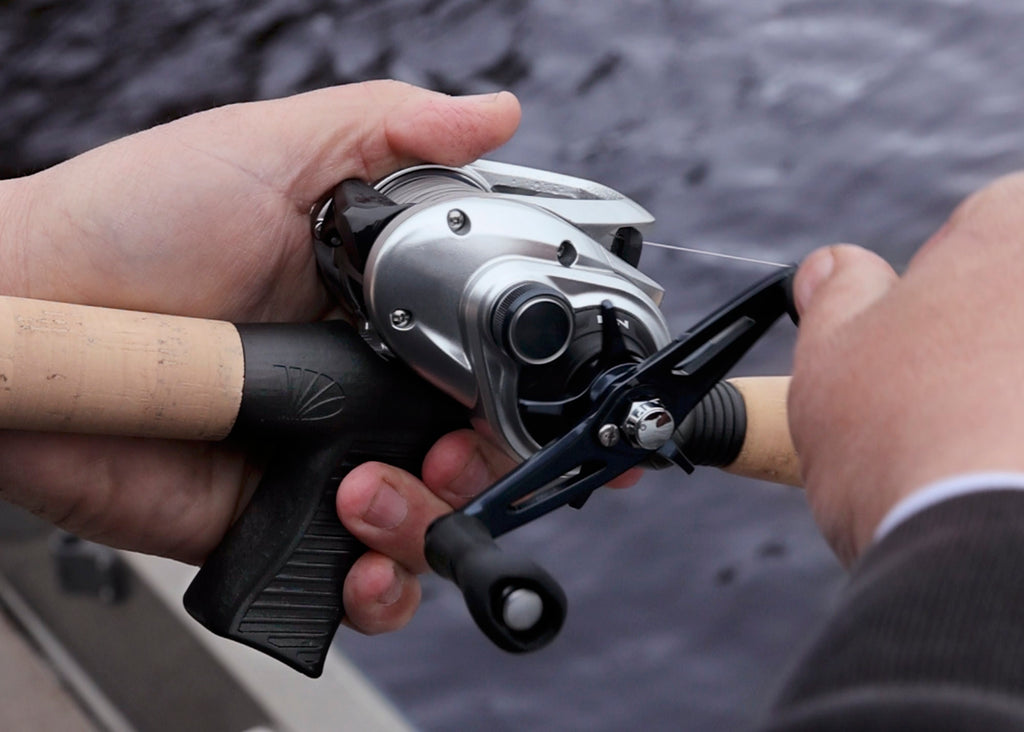
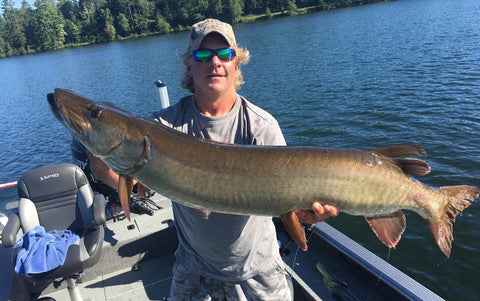



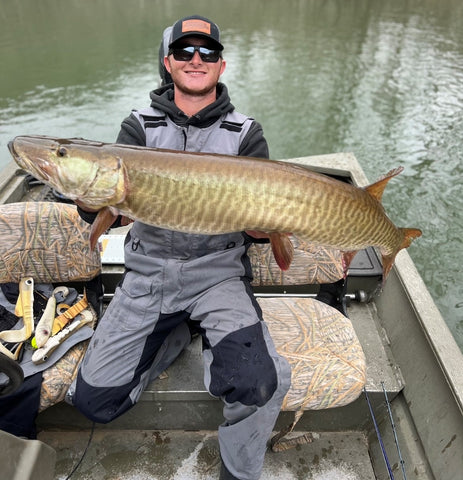



 #stcroixrods
#stcroixrods 





